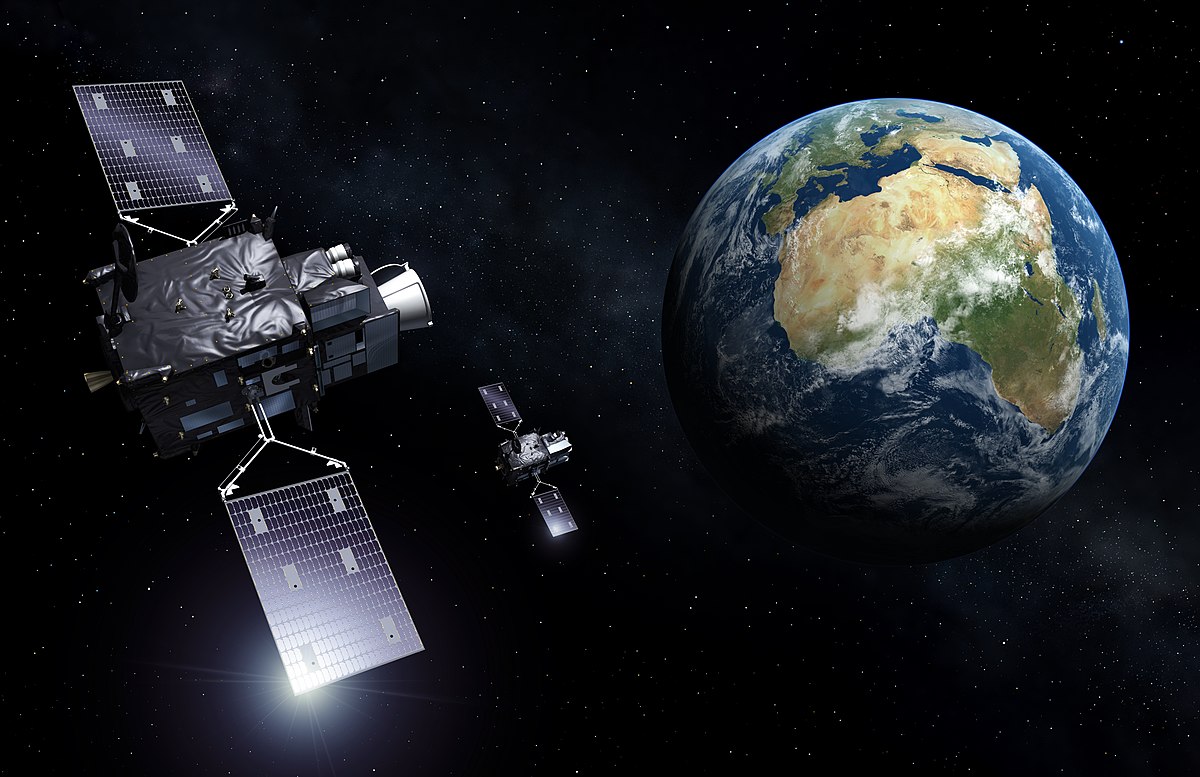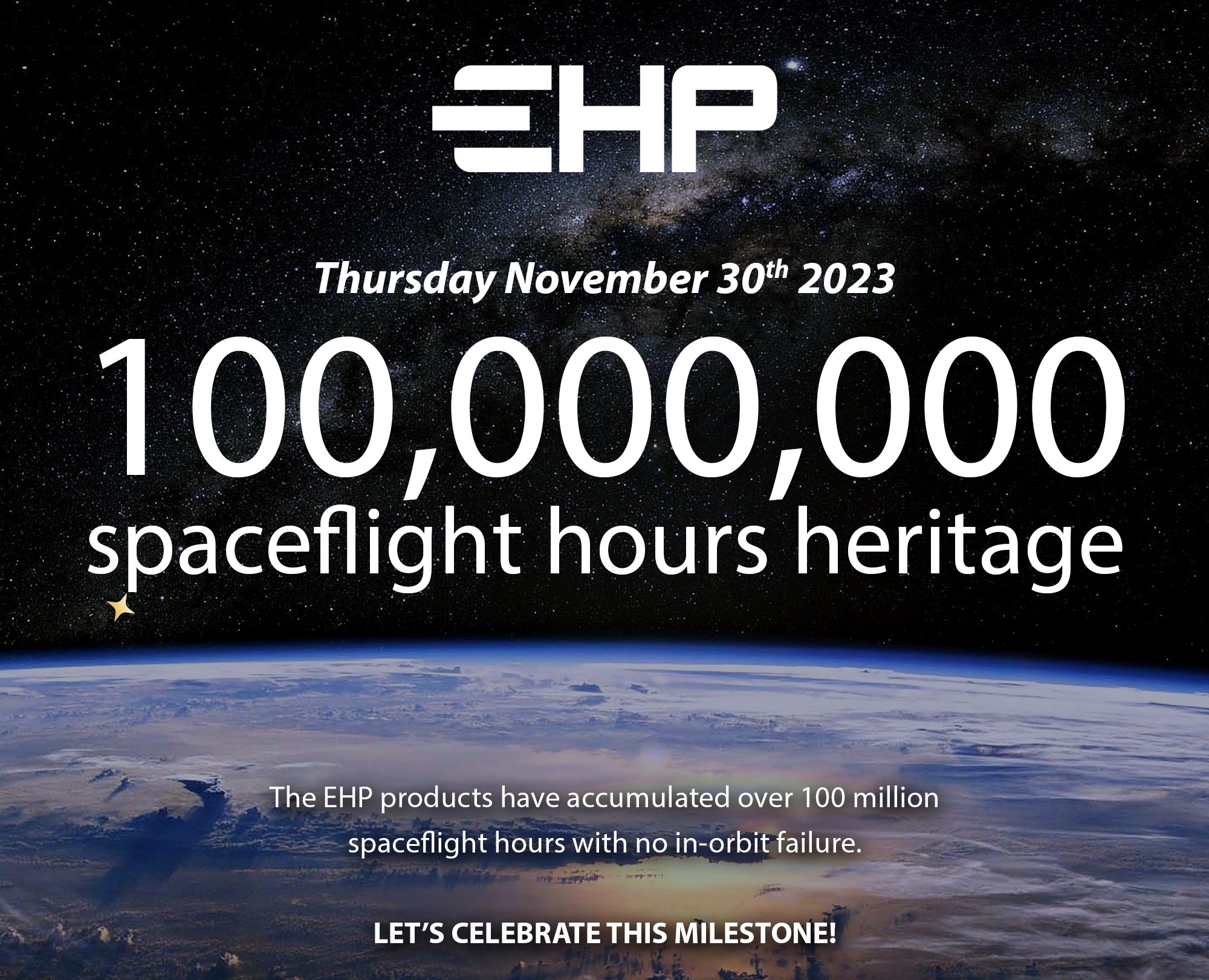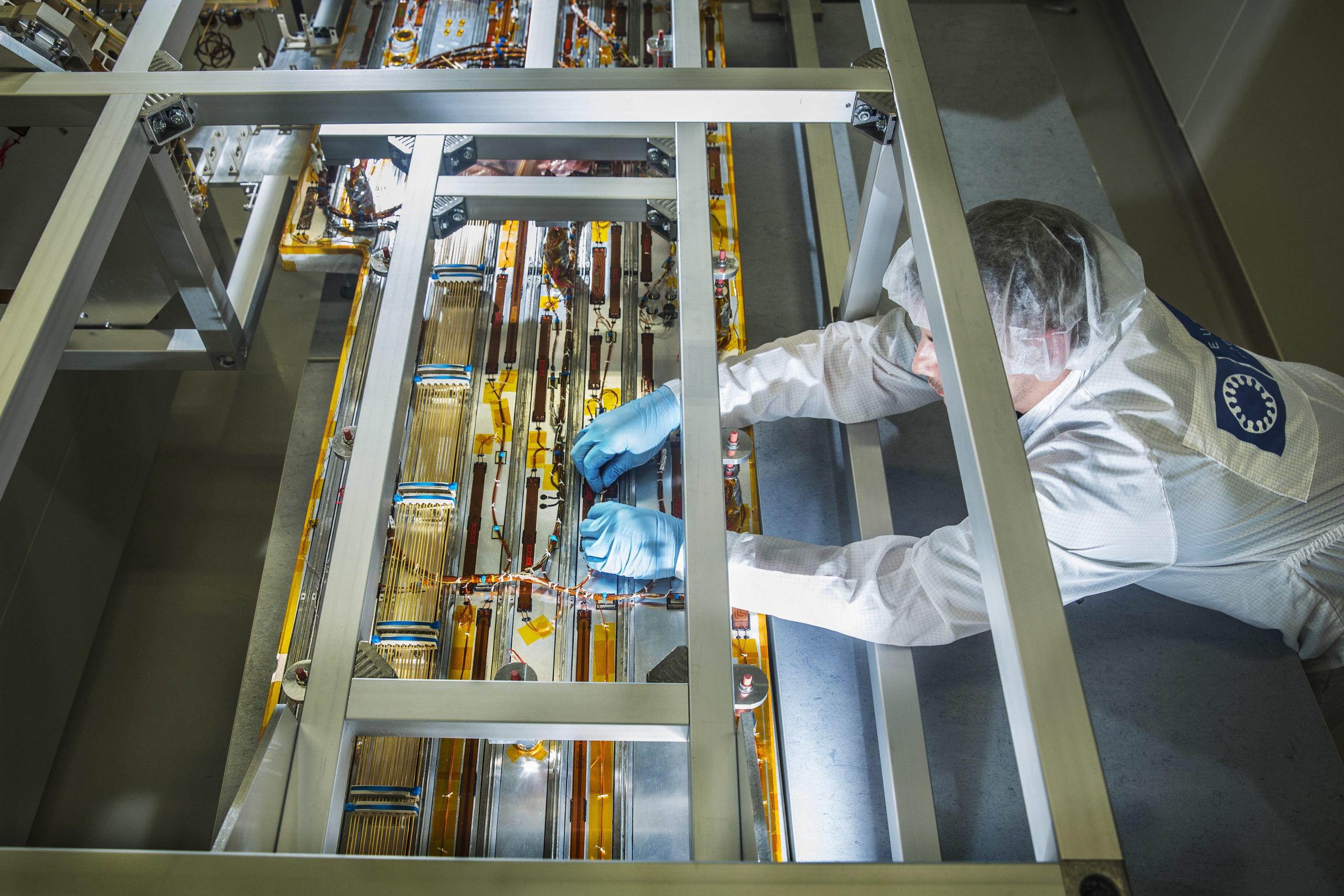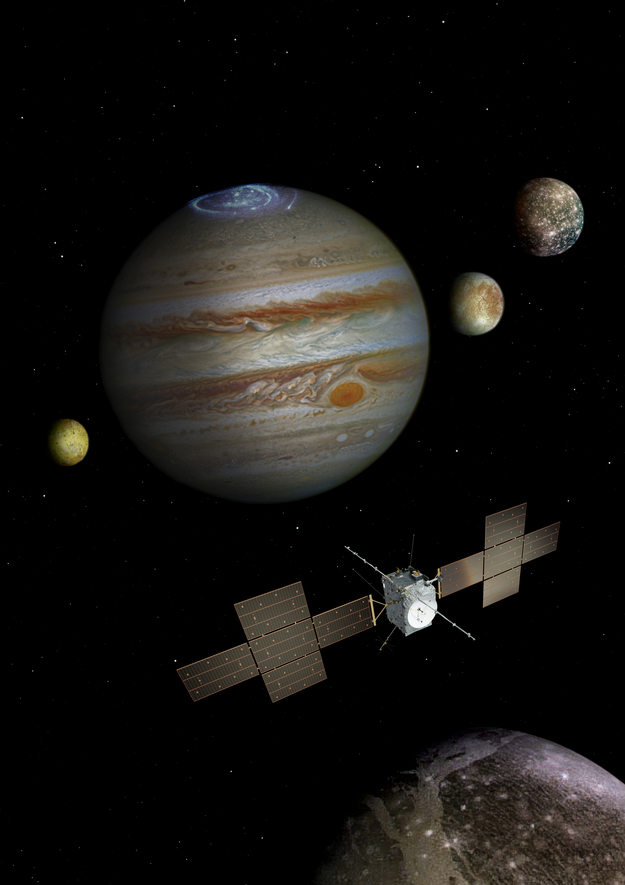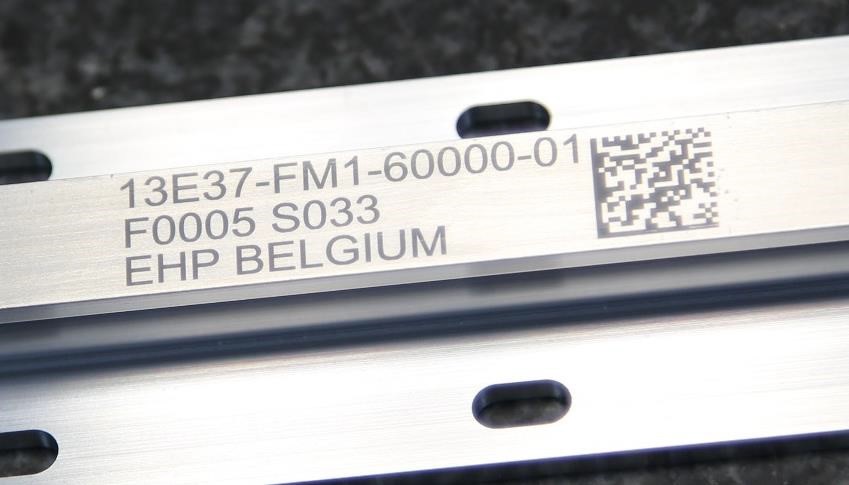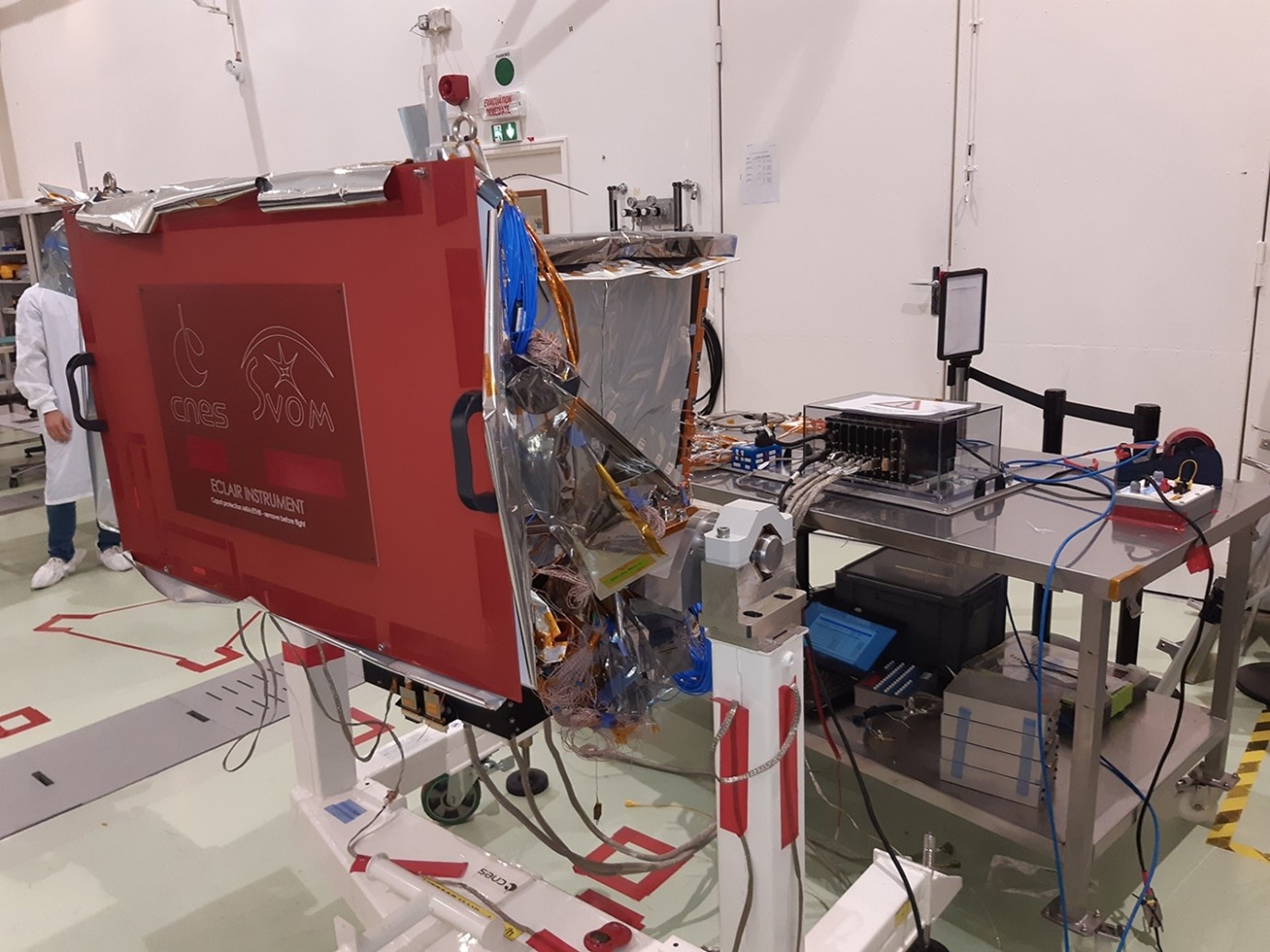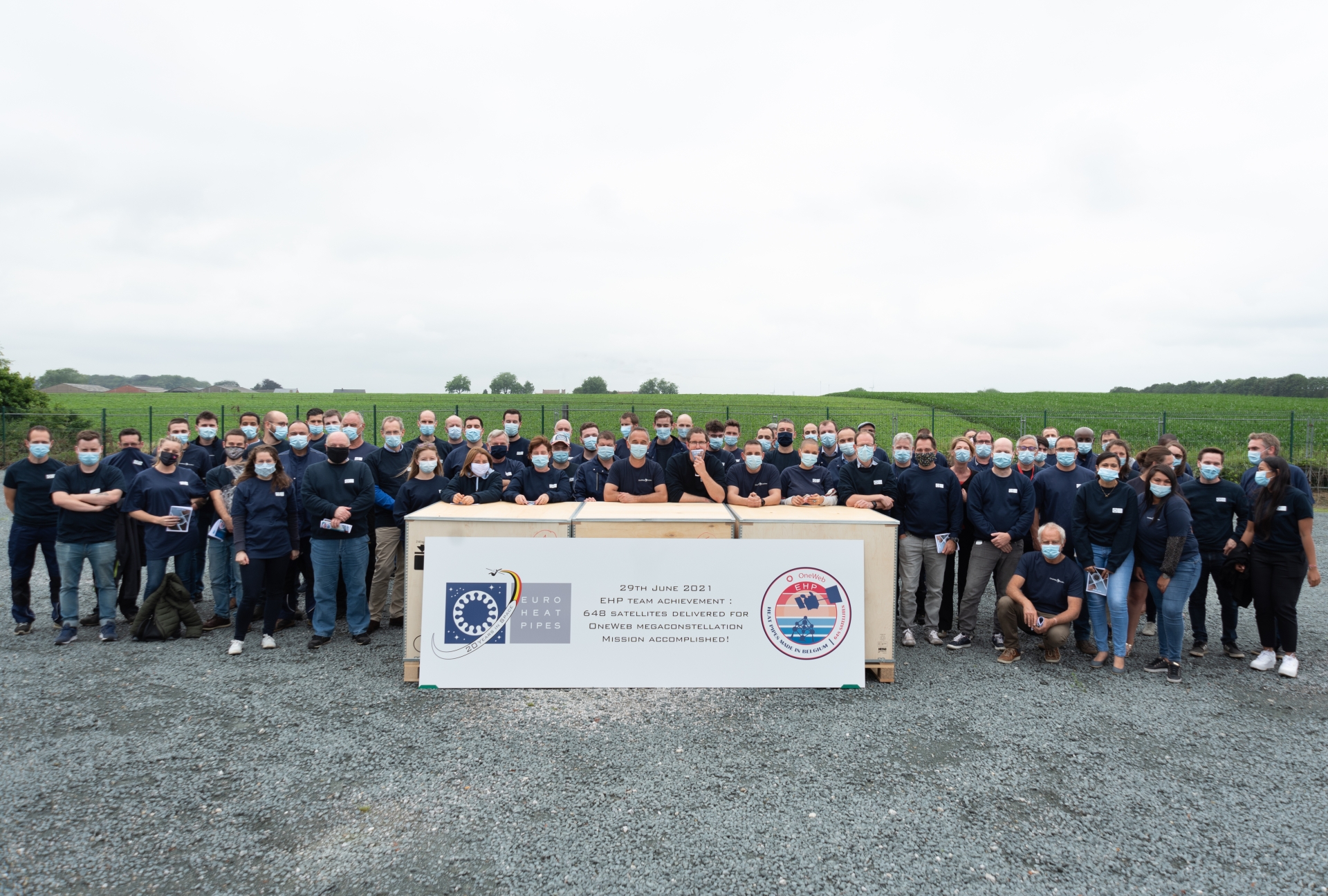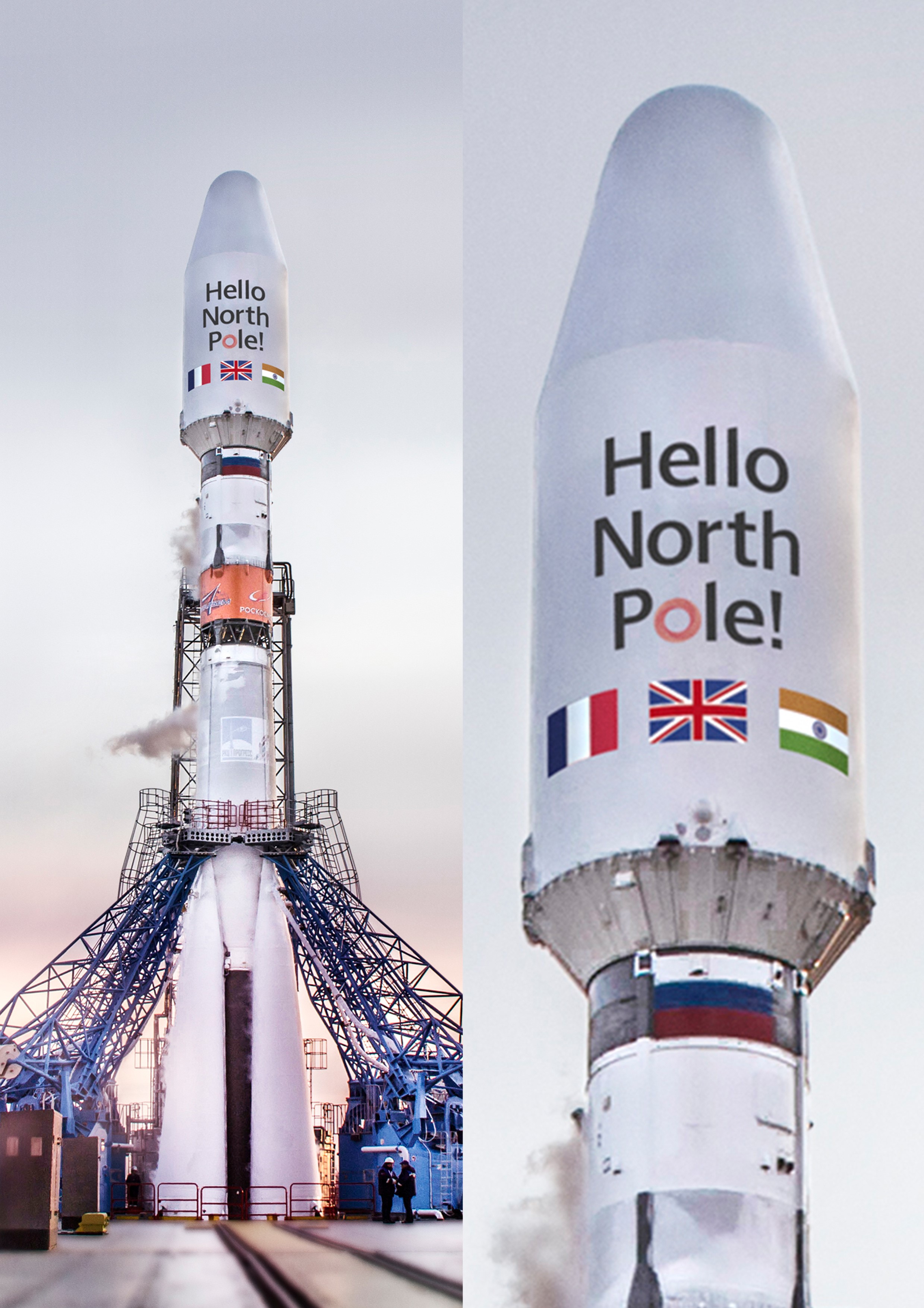Introduction: The Meteorological Third Generation Imaging satellite, MTG-I1 satellite, launched on December 13, 2022, promises a […]
Join us in celebrating a monumental achievement as EHP marks an unprecedented milestone: 100 million cumulative […]
During European Space Thermal Engineering Workshop 2023, on October 11th (2PM), EHP & Airbus Defence & […]
Euro Heat Pipes work is quoted in the newspaper “l’Echo” in an article dedicated to the […]
EHP has completed its major TELECOM ARTES 4.0 project with ESA funds. Objectives The 3 mains […]
MXT and ECLAIRs instrument for Franco-Chinese satellite SVOM have finalized their assembly at CNES TOULOUSE. They […]
OneWeb Launch #11 (Flight ST36) is scheduled to depart 14 October at 6:40pm local time (5:40am ET / […]
[In French below] OneWeb : Mission accomplished ! In 2016, the OneWeb project started a new era for […]
What: OneWeb, the Low Earth Orbit (LEO) satellite communications company, will launch 36 satellites (EHP Heat […]


